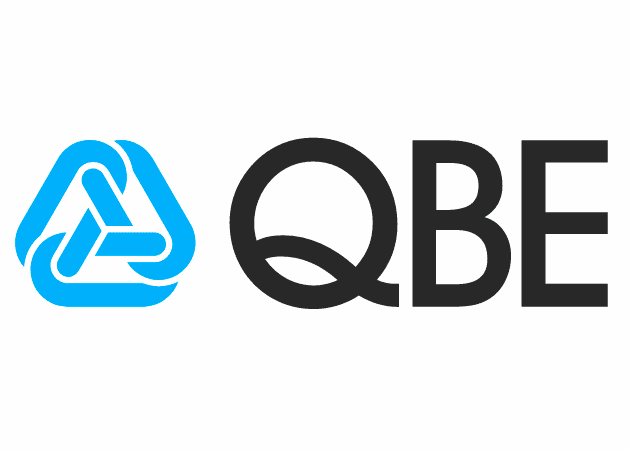QBE warns of exceeding FY22 catastrophe budget by nearly AUD 100m

Global re/insurer and Australian primary insurer QBE has pre-warned that it expects to exceed its catastrophe allowance for 2022 by almost AUD 100 million, with total losses of more than AUD 1 billion.
In its Q3 2022 trading update, QBE highlights that elevated catastrophe activity has persisted through the second half of 2022, with annual, global insured losses from nat cats again expected to breach USD 100 billion.
To the end of October, QBE has incurred natural catastrophe claims of AUD 805 million, and claims related to the war in Ukraine of AUD 75 million, bringing year-to-date losses up to AUD 880 million.
This, combined with a catastrophe allowance of AUD 180 million for November and December, provides a revised full-year 2022 catastrophe claim assumption of AUD 1.06 billion.
For QBE, the combined impacts of natural catastrophes and Russia’s invasion of Ukraine has caused it to exceed its catastrophe allowance for the year of AUD 962 million by AUD 98 million.
The insurer also provides an update on its growth and pricing momentum, which remained strong in the third quarter.
Gross written premiums (GWP) grew by 6% year-on-year in the third-quarter of 2022, and by 12% for 9M 2022 when compared with the comparable prior year period.
Group-wide renewal rate rises averaged 8.4% in Q3 2022 for QBE, although growth ex-rate of 8% reduced compared to the first half of 2022.
The carrier attributes this decline to planned North American Program terminations and also a large H1 bias for written premium across numerous growth focus areas.
“Trends and observations regarding claims inflation remain similar to those outlined at our 1H22 result, and QBE continues to achieve rate increases at or above inflation in most classes,” says QBE.
In spite of aggressive central bank action, QBE expects risks linked with the persistency of inflation to remain elevated, and anticipates strengthening its long-tail reserves in the second half of the year to build resilience for “a more prolonged inflationary environment.”
However, QBE says that the impact of this will broadly be offset by the release of the COVID risk margin, where the residual risk associated with COVID business interruption claims has come down after recent legal decisions.
On its investments, QBE explains that both risk and credit performance remained sound despite the persistence of financial market volatility.
Interest rates have continued to rise across key markets for the insurer, which led to a negative asset risk free impact of AUD 461 million in the third-quarter, which the firm says was broadly offset by a beneficial claims liability discount impact of AUD 413 million.
On the back of higher risk-free rates, QBE says that its third quarter exit fixed income running yield of 3.7% built further on the H1 2022 exit running yield of 2.5%.
Looking forward, QBE says, “Challenging operating conditions have persisted into the second half, and while performance remains resilient across many facets of our business, higher than expected catastrophe costs have introduced some risk to our original full year outlook.
“QBE continues to expect FY22 Group constant currency GWP growth of around 10%, and we expect the supportive premium rate environment should continue into 2023.
“Based on our assessment of underwriting performance to date, we now expect a FY22 Group combined operating ratio of around 94%. As outlined at the 1H22 result, QBE’s FY22 combined ratio outlook excludes the impact of the Australian pricing promise review.”
QBE had been benefiting from its reinsurance through the previous financial year and depending on how each catastrophe loss lands, the fact the company is heading above cat budget again could suggest its aggregate reinsurance cover is on-risk and could face some erosion in future if loss activity remains elevated,






